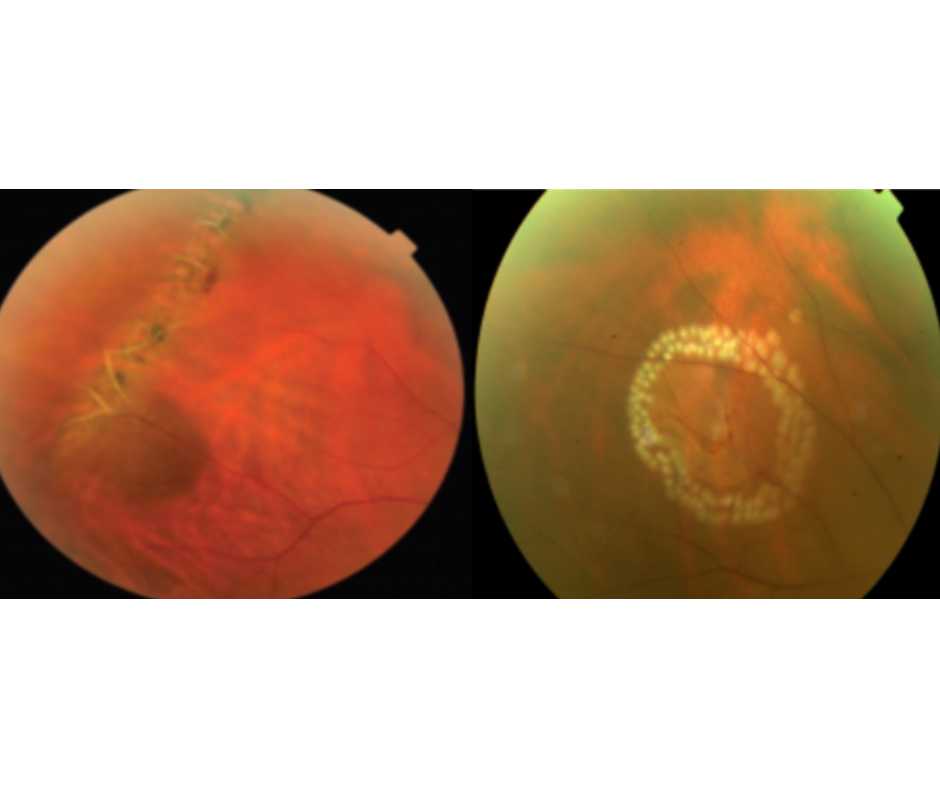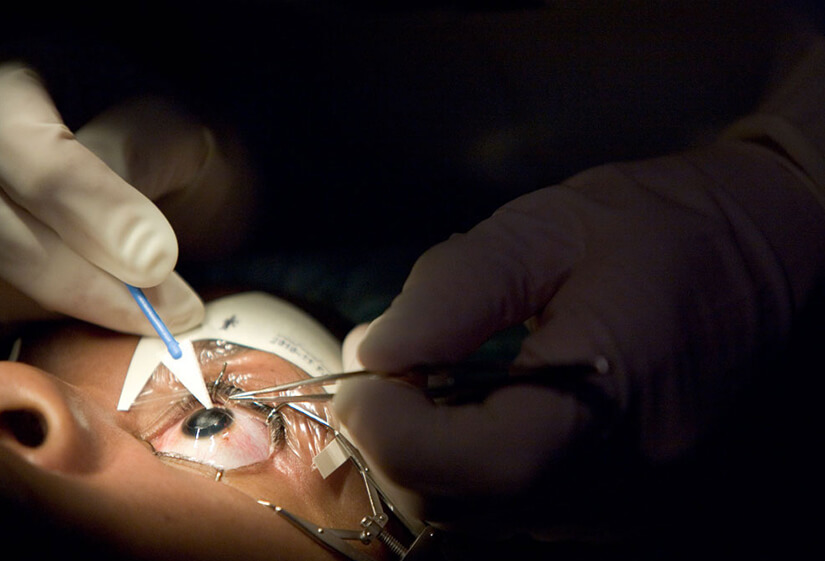Introduction:
Presbyond and Presbymax stand out as popular choices for individuals seeking to address presbyopia, a common age-related condition affecting near vision in understanding the nuances and disparities between these two treatments is crucial for making an informed decision. In this article, we delve into the specifics of Presbyond and Presbymax, highlighting their differences and similarities.
Presbyond DIFFERENCE BETWEEN PRESBYOND AND PRESBYMAX:
Presbyond is a revolutionary procedure designed to correct presbyopia while providing optimal visual acuity at all distances. Utilizing cutting-edge laser technology, Presbyond employs a technique known as corneal multifocality to enhance both near and distance vision simultaneously. This approach involves reshaping the cornea to create multiple focal points, allowing individuals to see clearly at varying distances without the need for glasses or contact lenses.

Features of Presbyond:
- Customized Treatment: Presbyond offers personalized treatment plans tailored to each individual’s unique visual requirements, ensuring precise and predictable outcomes.
- Versatility: Patients undergoing Presbyond can enjoy freedom from reading glasses and bifocals, experiencing improved vision for tasks such as reading, driving, and using digital devices.
- Rapid Recovery: With minimal downtime, many individuals experience rapid visual recovery following Presbyond, allowing them to resume their daily activities shortly after the procedure.
- Long-term Results: Presbyond delivers lasting results, offering patients sustained clarity of vision as they age, thereby reducing the need for additional interventions in the future.
Presbymax:
Presbymax, similar to Presbyond, aims to address presbyopia by providing multifocal vision correction. However, Presbymax employs a distinct approach known as intraocular lens (IOL) implantation to achieve its desired outcome. During the Presbymax procedure, the eye’s natural lens is replaced with a multifocal IOL, which enables individuals to focus on objects at various distances, akin to having built-in bifocals.
Features of Presbymax:
- Surgical Intervention: Unlike Presbyond, which involves corneal reshaping through laser technology, Presbymax requires a surgical procedure for the implantation of multifocal intraocular lenses.
- Predictable Results: Presbymax offers predictable outcomes, with many patients experiencing significant improvement in near and distance vision following the implantation of multifocal IOLs.
- Reduced Dependence on Eyewear: By replacing the natural lens with multifocal IOLs, Presbymax reduces the need for glasses or contact lenses, providing enhanced visual freedom for daily activities.
- Comprehensive Solution: Presbymax not only addresses presbyopia but also offers potential correction for other refractive errors, such as myopia or hyperopia, further enhancing overall visual quality.
Difference Between Presbyond and Presbymax:
- Surgical Preference: Individuals who prefer a non-invasive approach may lean towards Presbyond, whereas those comfortable with surgical intervention may opt for Presbymax.
- Visual Requirements: Patients with specific visual demands, such as professionals who spend extended hours working on computers, may benefit from the customized approach of Presbyond.
- Ocular Health: Factors such as corneal thickness, pupil size, and existing eye conditions may influence the suitability of each procedure, with thorough pre-operative evaluation essential for optimal outcomes.
Author Details:
Dr. Sushruth Appajigowda holds a prominent position as a Cornea, Cataract, Glaucoma, and LASIK Surgeon in Bangalore. He serves as the chief Cataract and Refractive surgeon at Vijaya Nethralaya Eye Hospital, Nagarbhavi Bangalore. Renowned as one of the finest LASIK surgeons nationwide, he brings with him over 12+ years of experience across multiple LASIK platforms, including ZEISS, ALCON, SCHWIND, AMO, and Bausch and Lomb. Having successfully conducted over 5000 LASIK procedures, Dr. Sushruth holds the title of a Certified Refractive Surgeon and a Fellow of the All India Collegium Of Ophthalmology. Furthermore, he stands as a distinguished speaker at various National and International Forums, using his expertise to guide you in selecting the most suitable procedure based on your health requirements.

http://vijayanethralaya.com/link-in-bio/
Conclusion:
Presbyond and Presbymax represent two innovative solutions for addressing presbyopia and achieving multifocal vision correction. While both procedures offer significant benefits in enhancing near and distance vision, they differ in their approach and methodology. By understanding the distinctions between Presbyond and Presbymax, individuals can make informed decisions regarding their vision correction journey, guided by the expertise of their eye care professionals. Whether opting for corneal multifocality with Presbyond or intraocular lens implantation with Presbymax, the ultimate goal remains the same: to enjoy clear, comfortable vision at all distances, unencumbered by the limitations of presbyopia.












